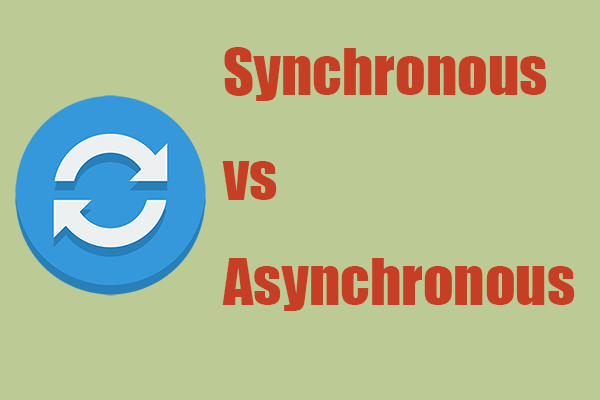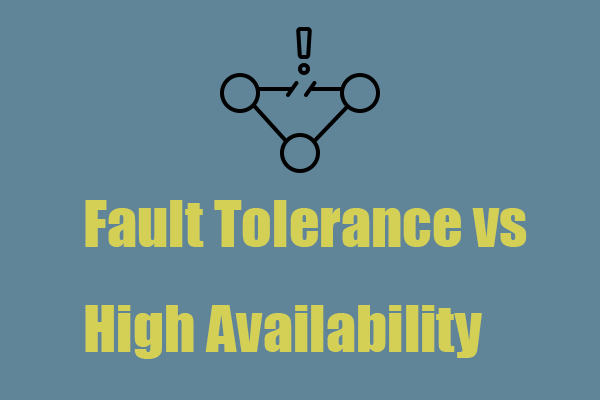What Is Database Replication?
What is database replication? Simply, it is a process of creating and storing copies of the database from one source to another source, so that the data information can be shared among different devices and data availability and accessibility can be improved.
It is an ongoing process to replicate data from a database and any change in the source can be synced to the replicated database. Many people regard database replication as the same as data replication but they do have something different.
Data replication means the types of data you are replicating over to your data warehouse or data lake, while database replication includes a copy of a table or the entire database. Database replication is homogeneous and data replication heterogeneous.
Database Replication Techniques
To replicate a database, you can find more than one method and for different situations and purposes, you can choose them with varied advantages.
The category to classify them is asynchronous replication vs synchronous replication.
Asynchronous replication refers to a process of copying data to the replica after the data is already written to the primary storage. Synchronous replication can create multiple copies of data to two systems at once, taking longer to verify than the asynchronous method.
Types of Database Replication
There are three types of database replication – full-table replication, key-based incremental replication, and log-based replication. They have different advantages and disadvantages. Here you can check for that.
Full-table replication
This replication method means all rows in a table of a database, no matter changed or not, will be replicated on every attempt. With this method, you can make sure the replicated data is captured and checked. However, since this method is an intensive task, kind of time-consuming, it can lead to a burst load on the source.
Key-based incremental replication
This replication method uses a replication key in the primary database to identify the data in the replica database that has been changed since the last update, and then this replication will update the changes. Usually, the key is a timestamp or an integer.
This method is an efficient type by using fewer resources but it can’t detect and replicate data that is hard-deleted in the source.
Log-based replication
This replication method relies on binary log files to copy data. This is a kind of log file that records patterns, activities, and operations in a database, providing changes to the primary database. this method is the most efficient but it is only available for certain databases.
Pros & Cons of Database Replication
After knowing the above basic information about data replication in DBMS, if you are still wondering about what data replication can bring us, you can keep your reading with this part.
Database Replication Benefits
1. It can offer a full copy from different sources and repositories to give you a holistic picture of your business.
2. It provides higher data availability and reduced load. With higher efficiency, you can enjoy a better performance. Besides, you can get better data protection by achieving redundancy.
Database Replication Challenges
Of course, data replication has some challenges you may face when applying the method. For example, some of your data may not well sync with the rest of your distributed system, especially when the data replication happens between multiple sites at different intervals.
Besides, the biggest difference between database replication and backup is that you may be at risk of losing your data when using data replication; data backup can be regarded as an excellent method to protect your data but replication can’t replace the role as backup does.
Data Backup with MiniTool ShadowMaker
To better protect your data, you can back up your important data by using MiniTool ShadowMaker. MiniTool ShadowMaker is a free backup software used for data backup and recovery. Besides, you can use it to clone SSD to larger SSD or move Windows to another drive.
MiniTool ShadowMaker TrialClick to Download100%Clean & Safe
Bottom Line:
After reading the above introduction to, you may have an overall picture of database replication. It has something different from data replication and we have clarified that. Hope this post has resolved your concerns.
![[Pros & Cons] Backup vs Replication: What’s the Difference?](https://images.minitool.com/minitool.com/images/uploads/2022/10/backup-vs-replication-thumbnail.png)

